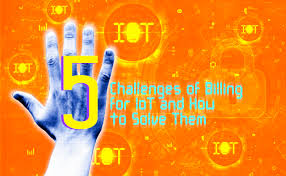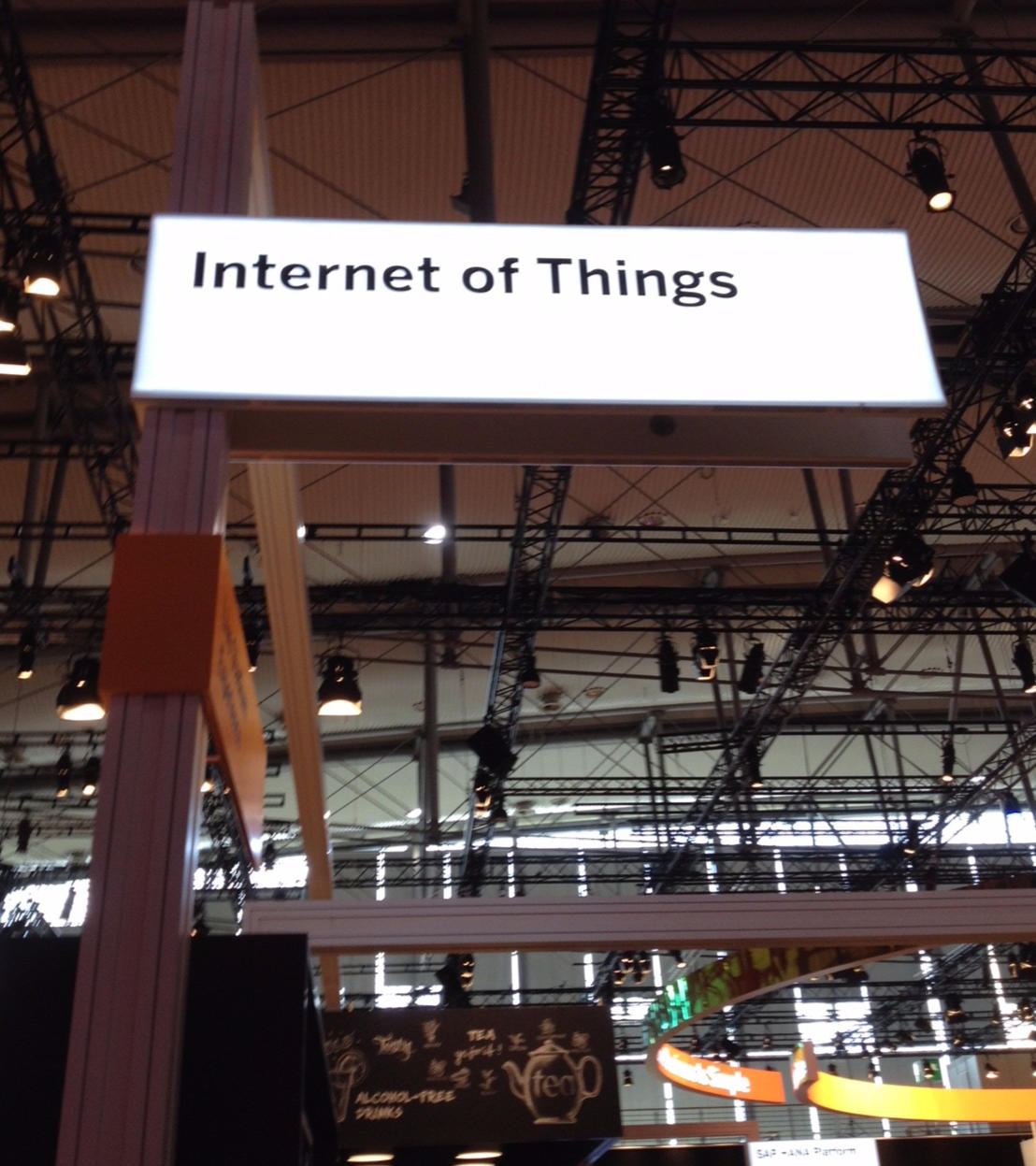Source: iotforall.com
From our phones, we can turn off the lights, set a timer for the morning’s coffee, arm security systems and check locks–to name a few. IoT devices have found their way into 71% of U.S. homes, a significant presence in its own right. However, with an anticipated growth of 28.7% in the next five years, it’s clear that the Internet of Things still has yet to reach its peak.
While this explosion of new products is ripe with possibility, it also tests the limits of antique billing structures and may require a fresher approach in order for businesses to capitalize on all the unique opportunities IoT provides.
In this article, we examine five IoT billing challenges, along with solutions that may better address the particulars of this significant new technology.
The Difficulty of Maximizing Monetization
The traditional structure of one time payments between customers and providers doesn’t necessarily suit the world of IoT. While sticker price economics may work for certain devices that use self-contained features (i.e a “smart” coffee maker) it’s not as applicable for other products whose main selling point is a service.
For example, IoT-based security systems or GPS management trackers are providing a long-term service that extends well beyond the day of purchase. Consequently, companies of this nature are better served to implement a hybrid billing system, charging one price for the device itself, and then following up with subscription-based billing.
This billing method is admittedly complicated by the number of different recurring services that many vendors provide. In the case of a home security monitoring system, this might mean different charges for video recording, sensors, etc.
Providers must account for this by integrating different fees under a single plan, fluid in how it adapts to new settings and services.
Use-Based Billing
IoT-based services are beginning to adapt to a usage-based billing method. While meter monitoring for utilities and telephone use has long been established, the notion is relatively novel in the tech sector.
Fortunately, this method of billing is largely abetted by the IoT device’s natural ability to take data on such things as minutes, bandwidth, and other usage-based tick marks that clearly establish how much a device or service is being used.
Consequently, usage monitoring can be automized to establish clear billing cycles that reset on different frequencies to match the usage needs of the consumer—who is subsequently often pleased to feel as though they’re only being charged for what they use.
Keep in mind, usage-based billing methods require that the provider have the ability to pause services as it applies to the needs of unique businesses. For example, subscription-based services in the home gardening niche may be of little use in January.
The Money in Data
IoT companies should look to monetize the data they collect. In the case of some devices, IoT data can be used for direct billing purposes to call attention to a new product that the consumer might need.
For example, an IoT toothbrush might naturally intuit when the consumer needs a refill on additional products such as brush heads, toothpaste, etc. The manufacturer can then tailor that data and provide its customers with the opportunity to “subscribe” to these refillable items.
The customer is pleased because they never need to worry about running out of toothpaste, and the manufacturer benefits from a dependable monthly revenue stream.
Companies may also monetize data by tailoring their business models to the specific trends demonstrated by their customers.
In the example of an IoT toothbrush, the company might quickly learn through subscription history and use records that one brush head is substantially more popular than others. Knowing that, they may decide to pay less attention to the rest of their product line, opting instead to dote more development and marketing efforts on their star product.
The High Cost of Hardware
Though IoT devices are not as expensive as they once were, the sticker price can still be prohibitive for some businesses and individuals. Due to the sometimes high start-up cost of acquiring hardware—especially on top of service charges—some IoT businesses may need to consider monthly payments for both their products and their services. Indeed, the “layaway” approach is already common enough with computers, tablets, phones, etc.
Providing customers the opportunity to stagger their payment democratizes the technology somewhat, making it more affordable for the consumer, and ultimately, more profitable for the manufacturer.
Revenue Recognition Complexity
Accurate revenue recognition can be complicated as it relates to IoT. This is particularly true in the case of businesses that are deriving most of their income through subscriptions. Technically, revenue cannot be recognized until a service has already been rendered. In the case of a subscription service, however, this unfolds gradually over time and is not completely realized until the end of the billing cycle—a date that may or may not be different for every subscriber.
Revenue recognition is further complicated by temporary trial periods, discounts, sudden cancellations, etc.
Inaccurate revenue recognition can, at best force you to redo your reporting, and, at worst, result in legal ramifications. Fortunately, with the right subscription billing platform, your business will be able to automate and control its billing for stress-free bookkeeping.
Flexibility Wins the Day
If these considerations have a single thread tying them all together, it’s a dependence on flexibility. IoT devices are themselves extremely flexible and ask the same thing of their stewards. As the number of IoT devices in this world grows at a rate of approximately 127 units per second it seems apparent that all aspects of the industry will need to be able to adapt to the influx.
As this growth unfolds it may be the devices themselves that best serve their manufacturers. Difficult though it may be to maintain flexibility as you restructure the way you handle your billing, there is a bright side: IoT devices exist with automation and data taking in mind—abilities that are sure to assist in whatever overhauls you have in mind.


